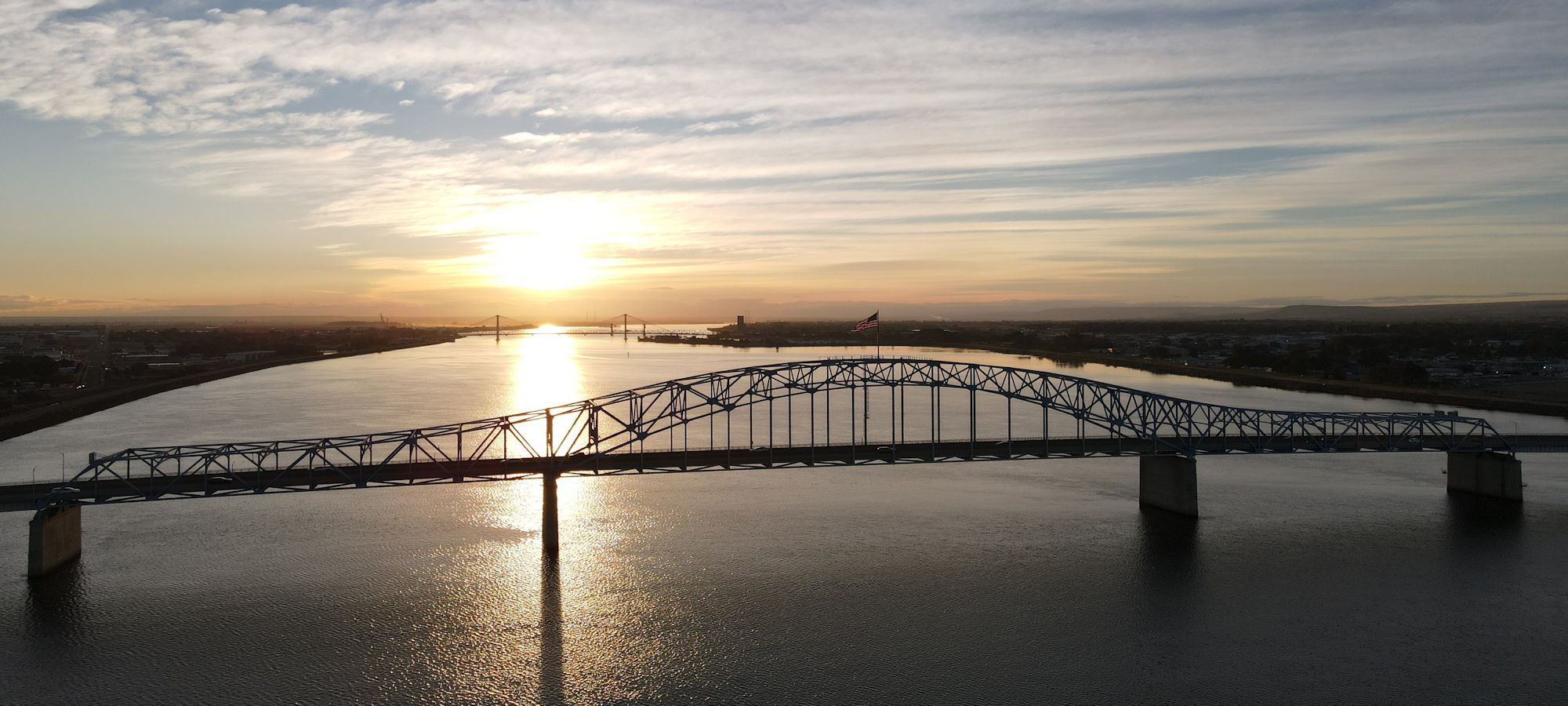Pasco Washington History
The vibrant and flourishing city of Pasco, Washington, which comprises one-third of the beautiful Tri-Cities area and is considered to be the fastest-growing city in the entire state, is not only marked by its net percentage growth and abundance of attractions, but also by its colorful history.
Pasco and its surrounding area were first put on the map in 1805, when, on October 16, the Lewis and Clark Expedition made its way into the region. Their journey involved recording the details of their experience, at a camping site that is now known as Sacagawea State Park. However, before the famous exploration of Lewis and Clark, the Pasco region was home to many Indian tribes who were drawn to the mild weather and abundance of fish alongside the banks of the Columbia River, as well as the Snake and Yakima Rivers.
These three rivers played a significant role in helping to shape Pasco and the Tri-Cities into what they have become today. After the Lewis and Clark Expedition, the rivers became vessels for explorers, fur trappers, and later, miners and gold traders, enabling them to travel and do their trade and work.
The Northern Pacific Railroad
However, it was the development of the Northern Pacific Railroad built close to the Columbia River in the late 1800s that was responsible for bringing in a load of settlers into the Tri-Cities region, some of whom settled specifically in what soon became known as Pasco, named by construction engineer Virgil Bogue after 1886 when railroad town Ainsworth (as well as the county seat) moved to Pasco. Bogue had helped to build a railroad in the Peruvian Andes in the city of Cerro de Pasco. On September 3, 1891, Pasco was officially incorporated as a city.
Pasco was now a slowly growing community, considered a small railroad town, shaped by its readily accessible forms of transportation through the Columbia, Yakima, and Snake rivers, as well as the Northern Pacific Railroad. However, when the Grand Coulee Dam near Pasco was completed in 1941, the city accumulated even more growth, activity, and prosperity, as the dam was responsible for bringing irrigation, agriculture, and determined the site of a notable atomic energy/nuclear power plant at the close-by Hanford Site.
Manhattan Project and the Hanford Site
Because of the Hanford Site and the government’s Manhattan Project of the 1950s, the entirety of the Tri-Cities region experienced rapid growth, but Pasco had merely turned from a small railroad town to a slowly growing agricultural community, and most of the Hanford and Manhattan-related growth in the Tri-Cities was concentrated in Kennewick and Richland.
Pasco’s most substantial growth has occurred recently. Developers decided to purchase land in Pasco for both commercial and residential usage in the late 1990s as they were predicting another Tri-Cities boom. Soon after, Pasco grew so rapidly that it surpassed Richland in population and became more than “just” a transportation and agricultural community—it almost “exploded” into a hub of activity and industry, particularly related to tourism and the retail market, and today is a thriving city that remains one of the fastest-growing cities in all of Washington State.

